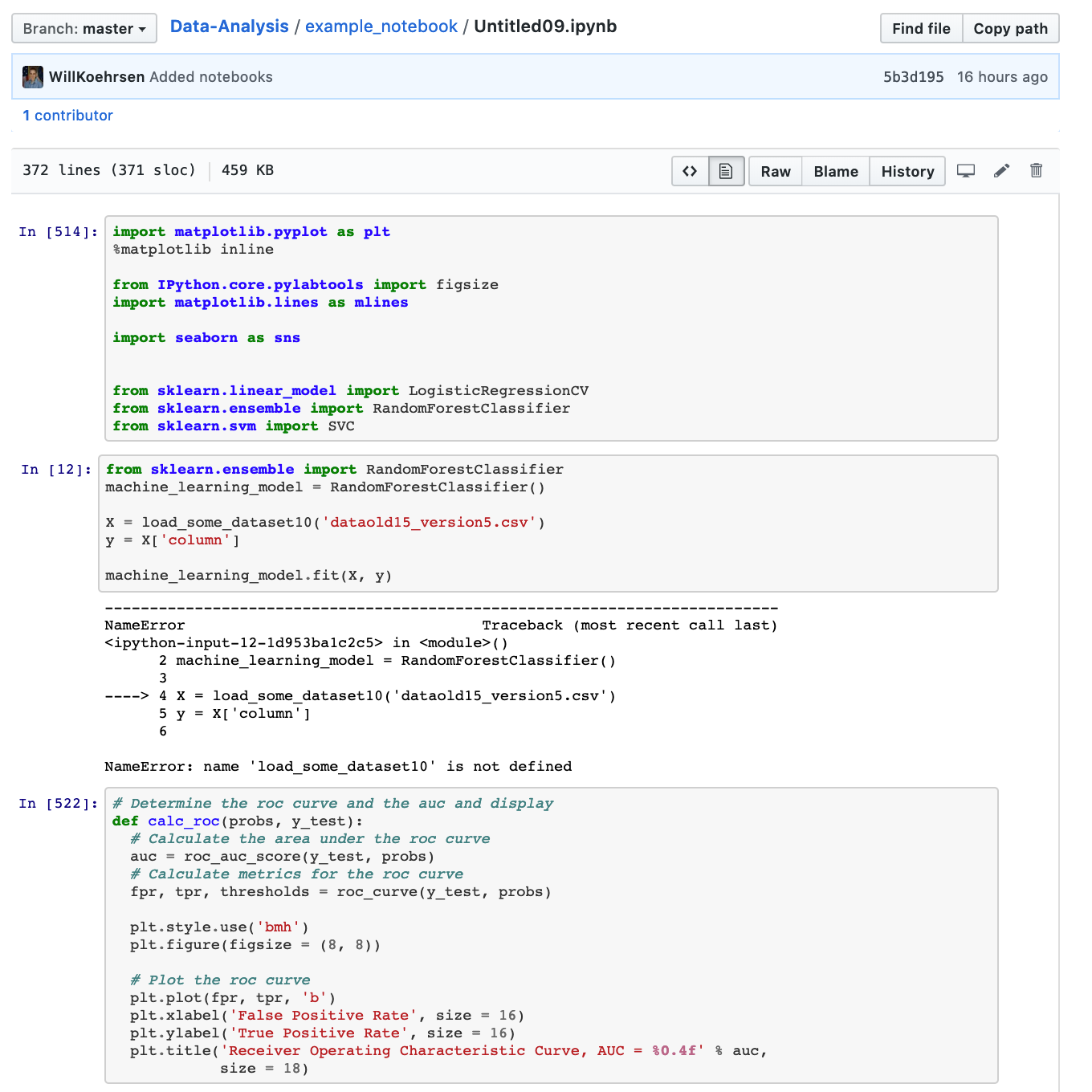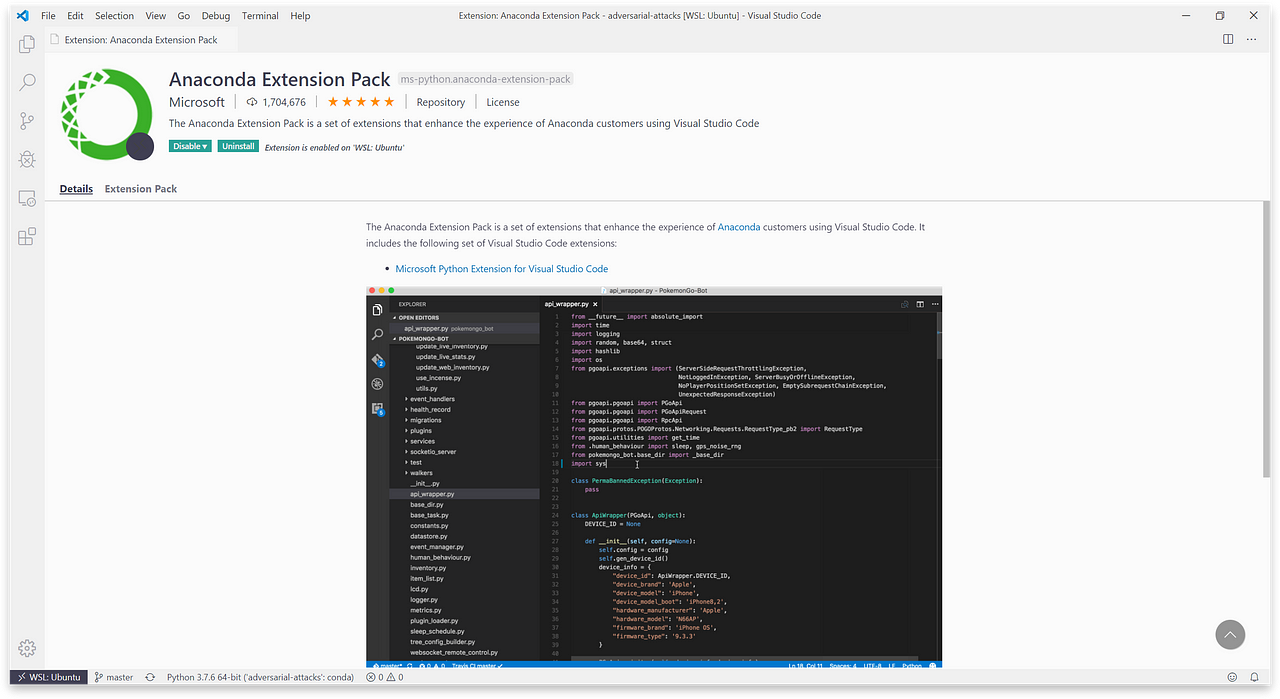
- #ANACONDA INSTALL JUPYTER NOTEBOOK EXTENSIONS CODE#
- #ANACONDA INSTALL JUPYTER NOTEBOOK EXTENSIONS DOWNLOAD#
On adding ‘table of contents’ extension, you can organise your notebook with index to move effortlessly within the notebook. You can use snippets for multiple reasons: check the syntax of a technique or implement statistical methods that you might have forgotten. Snippets allow you to quickly add new lines of codes for common tasks such as creating an array with NumPy, scientific calculation with SciPy, and even visualise with matplotlib. Although the execution time of a cell can be checked with magic commands, this extension will by default show the time and save you a few keystrokes as you won’t require to add the magic command every time.

#ANACONDA INSTALL JUPYTER NOTEBOOK EXTENSIONS CODE#
Since this extension provides you with the time your code takes to execute, you can optimise the code depending on the requirements. As a data science practitioner, it is essential to optimise the code to run faster. Besides, it shows the date the cell was last executed.

This extension is a part of the nbextensions and can be activated to get insights into the time your cell took to run. The parameters can be changed from the nbextensions menu. You can also configure the behaviour of the extension such as hint delay, hint inside comments, and more. However, Hinterland enables the autosuggestion as you type. Without this, you would require to press tab and check for the available options for code completion. This extension helps in autocompleting the code. Open the nbextensions and search and enable Hinterland. Note: In some cases, you might already have nbextensions installed. You can check the addition of nbextensions after starting the notebook at the bottom of the edit tab. Run the below command to install the nbextensions: –Ĭonda install -c conda-forge jupyter_contrib_nbextensions Apart from managing the extension, nbextensions comes with a wide range of plugins, which are added while installing nbextensions. Nbextensions is a plugin manager that allows you to enable and disable extensions with just a few clicks, thereby eliminating the need for executing commands for activating and deactivating add-ons. We have listed down extensions that you must add to your Jupyter Notebook to simplify your programming workflows: –Īlso read: Why Jupyter Notebooks Are Popular Among Data Scientists 1| nbextesions However, you can add similar extensions on Jupyter Notebook with only a few lines of command to have a smooth and rich experience while programming. One of the reasons why IDEs such as P圜ham and VS Code are embraced by data scientists is due to the fact that it allows programmers to add numerous features with plugins/extensions. Wait for some time untill all the packages have been installed.Jupyter Notebook extensions have become popular among data scientists as it extends the functionality of the notebook to simplify various tasks right from code completion to displaying execution time and changing the theme.
#ANACONDA INSTALL JUPYTER NOTEBOOK EXTENSIONS DOWNLOAD#
This would download and install all the necessary packages to run Jupyter from your new environment. (Env1) Z:\MachineLearning>pip install jupyter notebook Type 'pip install jupyter notebook' in the console. Now, it's time to install Jupyter Notebook in your environment. If your environment has successfully been activated you should see your environment name in brackets in the console as below. You can now activate your environment by typing the following: Z:\MachineLearning>Env1\Scripts\activate

New python executable in Z:\MachineLearning\Env1\Scripts\python.exe Using base prefix 'z:\\program files\\python\\python37-32' When the process has finished running, your environment would be created. So, I type the following in the command line and press enter. For example, I want to create an environment with the name Env1. The command to create a virtual environment is simple - Type virtualenv followed by the environment name.


 0 kommentar(er)
0 kommentar(er)
